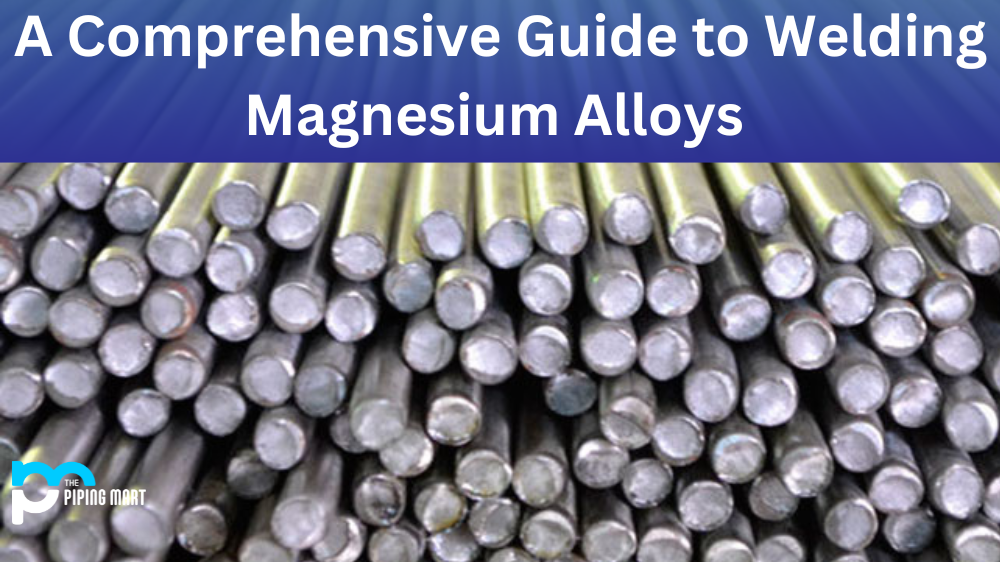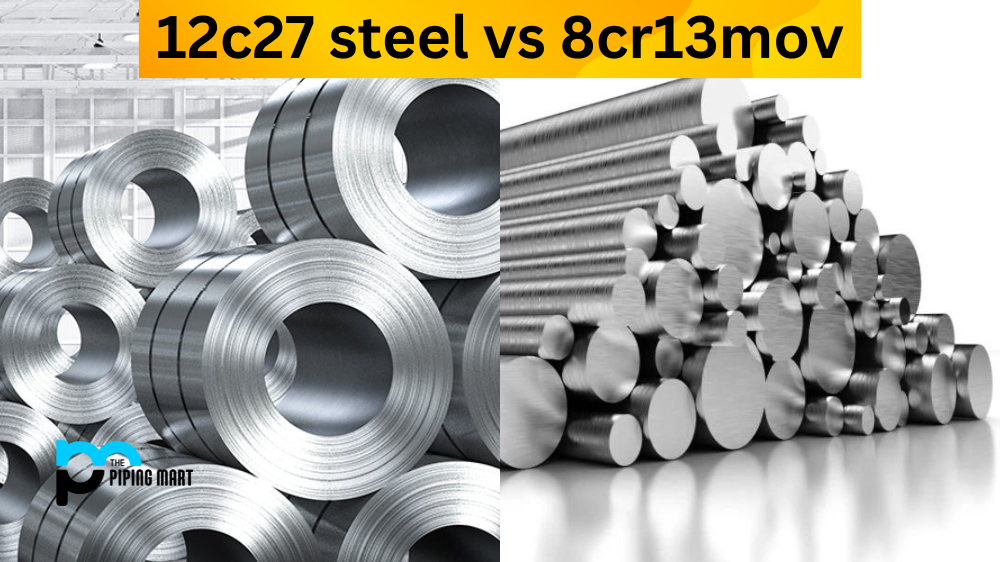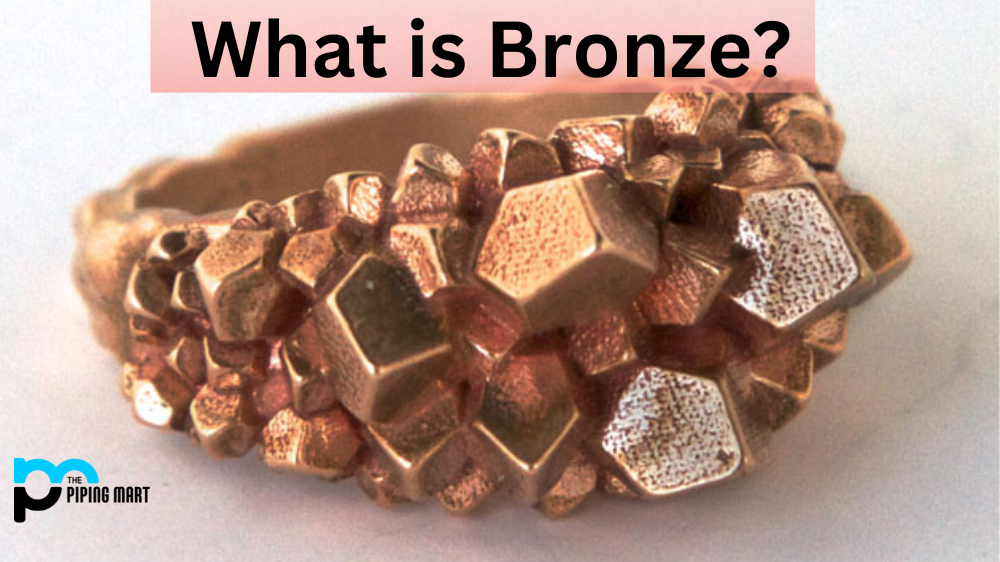When it comes to finding the right anti-seize lubricant for your needs, it can be hard to decide between copper and nickel. Both have their advantages and disadvantages, so here’s a breakdown of what you should consider when choosing between them.
What is Anti Seize?
Anti-seize lubricants are special lubricants used to reduce friction and prevent wear. They also protect against corrosion, rust, and galling on threaded fasteners and surfaces under extreme pressure or temperature conditions. These lubricants are made from a combination of metal particles like copper or nickel, inorganic salts, petroleum-based oils, and other additives.
Copper vs. Nickel Anti Seize
When it comes to choosing between copper or nickel anti-seize lubricants, there are several factors that you’ll want to keep in mind. Generally speaking, copper anti-seize is designed specifically for use on metallic threads, while nickel anti-seize is recommended for all types of threaded fasteners, including aluminum threads as well as stainless steel. Copper anti-seize is typically more expensive than nickel; however, it provides superior protection against corrosion due to its higher solids content (up to 40%). On the other hand, nickel anti-seize operates at higher temperatures (up to 2200°F) compared to copper, which makes it ideal for high-performance applications such as automotive engines and aerospace components where temperatures may reach 2000°F or more.
Additionally, nickel anti-seize has an overall lower coefficient of friction which helps reduce wear over time.
Finally, when deciding between the two types of lubricant, consider your environment, as this can play a role in the type of product you choose. The copper-based lubricant has excellent water resistance but tends to be less stable than nickel-based lubricants in acidic environments such as salt spray, which makes it better suited for dryer climates. Nickel-based lubricants offer better oxidation stability but do not fare well in moist environments due to their lower water resistance capabilities.
Conclusion:
Choosing the right anti-seize lubricant for your needs doesn’t have to be complicated; with a little bit of research, you can determine which product is best suited for your application! Copper-based products provide superior protection against corrosion, while nickel-based products offer better oxidation stability at higher temperatures—it all depends on your specific needs and environmental conditions! Ultimately when deciding between copper vs. nickel anti-seize lubricants, take into account factors such as cost, temperature tolerance, and environmental conditions so that you can make an informed decision about what product will be best suited for your particular application. With these tips in mind, you should have no problem finding the right solution!

Abhishek is a seasoned blogger and industry expert, sharing his insights and knowledge on various topics. With his research, Abhishek offers valuable insights and tips for professionals and enthusiasts. Follow him for expert advice on the latest trends and developments in the metal industry.




